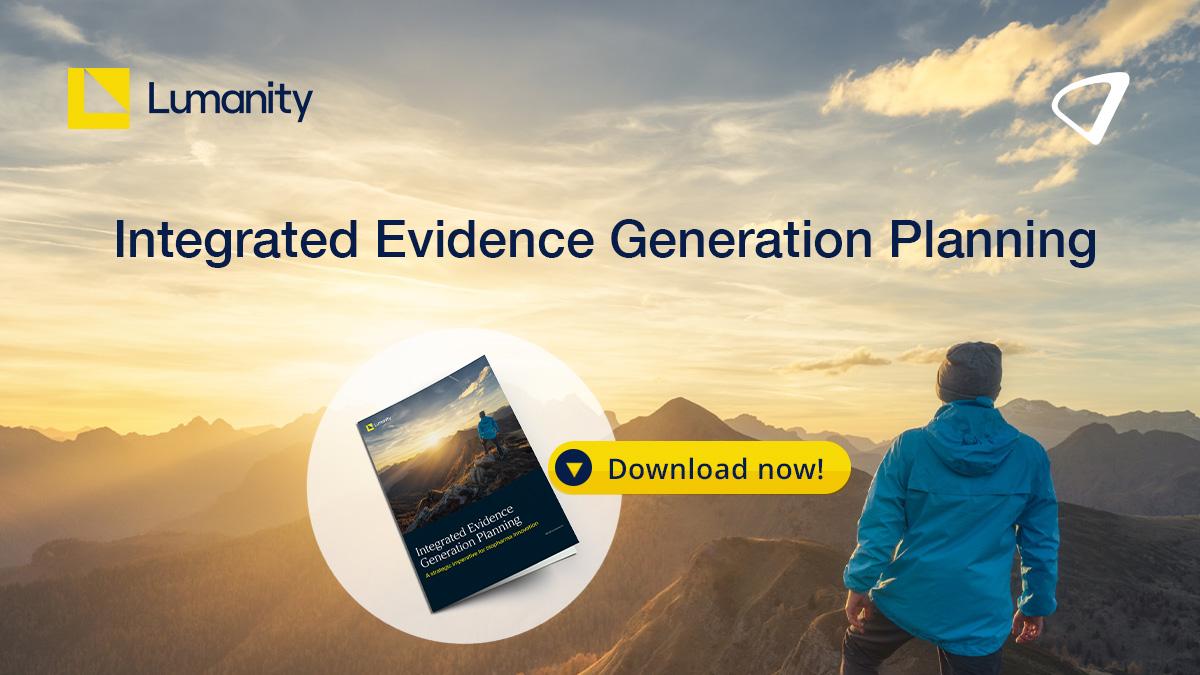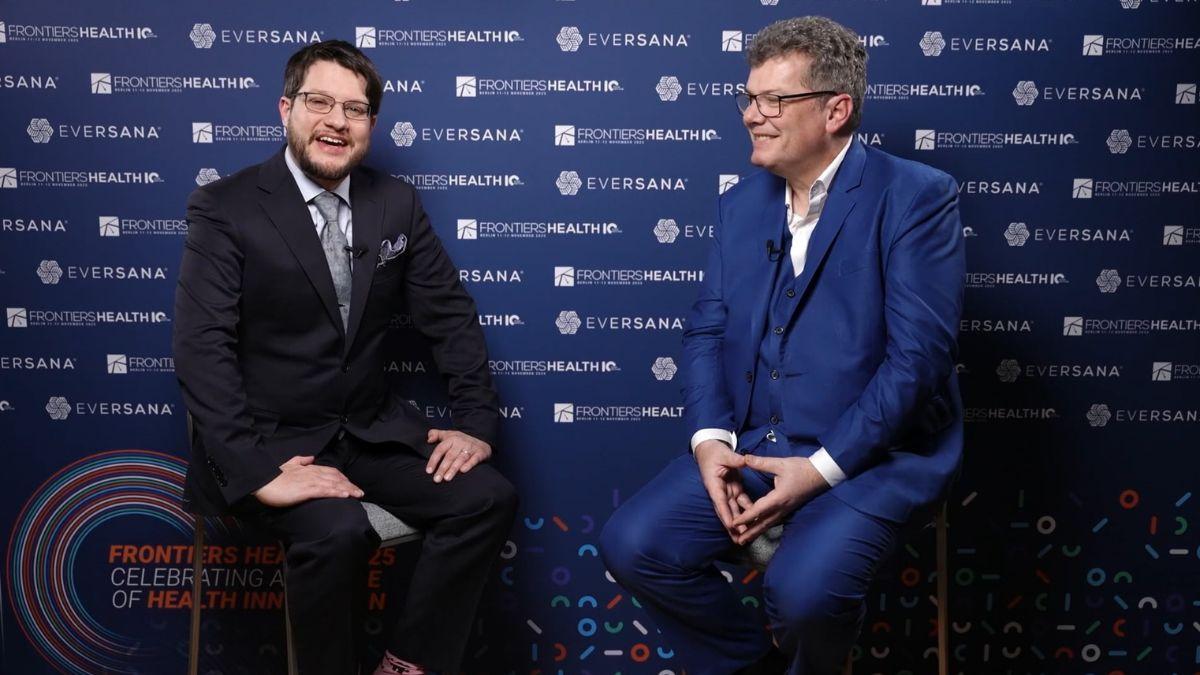Health Technology Assessment – Challenges and opportunities for developers

Changes to Health Technology Assessment (HTA) in Europe offer new opportunities to streamline processes and get innovative treatments to market more quickly. However, they also require developers to generate a substantial body of evidence within much shorter timelines.
Unlike European Medicines Agency (EMA) assessments, which concentrate on whether a product works and is safe, HTAs help determine how new health technologies perform when compared to existing alternatives. By summarising the medical, economic, social, and ethical issues of new health technologies, HTAs can help to create and maintain sustainable, accessible, and quality healthcare systems that deliver better outcomes for patients.
Since the first national HTA agency was established in the 1980s, the number of institutions involved in HTAs has significantly increased. Today, most European member states have either implemented an HTA programme or are exploring the possibility of developing HTA capabilities to better inform health policy decisions.1 Having to complete separate HTAs in each member state creates a significant burden for developers, who can often face multiple and divergent data requests that can result in unpredictable timelines, increased costs, and barriers to innovation.
HTA regulations: 2025 and beyond
In January 2025, a new unified and streamlined HTA framework, formalised under the EU Regulation on Health Technology Assessment (HTAR), was introduced. Its aim was to reduce the burden of multiple submissions and accelerate access to the market across EU member states. At its heart there are two key components: Joint Clinical Assessments (JCAs) and PICOs (Population, Intervention, Comparator, and Outcomes).
Initially, the framework will apply to all new therapeutic medicines and oncology drugs. Orphan drugs and class IIb or III medical devices will be included in the JCAs process from 2028. Class D in-vitro devices will follow by 2030.2 Since the new framework applies to new therapeutic medicines and oncology drugs, developers who are looking to HTA submissions on medicines with older EMA approvals will still need to follow the nation-by-nation approach, which can be affected by complex national processes and duplication of effort.
The JCA is the cornerstone of changes to the HTA, providing a single assessment of the clinical effectiveness and added value of new health technologies. This process is structured around the PICO framework’s components as defined through Joint Scientific Consultations (JSCs) involving the EMA, national HTA bodies, and industry stakeholders. This ensures assessments are tailored to the needs of the target population and facilitates a comprehensive, evidence-based evaluation of the product’s value.
Under the new system, developers will submit a single dossier that includes a project plan, and additional analyses requested for review. Although JCAs aim to simplify the process of assessing added value, individual member states may still request additional analyses to meet specific requirements for a nation state.
HTA regulations: Opportunities
A unified, EU-wide assessment reduces duplication, promotes consistency and should lead to more equitable access to innovative health technologies.3 For developers, this means more clarity and predictability concerning the clinical evidence requirements for HTA. For member states, the opportunity to pool their resources and expertise could lower the administrative burden on national healthcare systems, making the process more cost-effective, increasing efficiency, and freeing up resources for other healthcare activities.4
In addition, there are several other potential benefits:
- Time to market: the JCA is designed to be completed within a strict six-month timeframe following EMA approval. This should expedite the adoption of new technologies and allow patients to benefit from innovative treatments more quickly, thus addressing unmet medical needs.5
- Improved decision making: the PICO framework provides a rigorous, scientifically sound evaluation of new technologies. The resulting high-quality evidence and standardised methodologies should enhance the credibility and reliability of assessments, supporting more informed decision-making by policymakers and healthcare providers.6 In addition, increased transparency is expected to improve trust and confidence in assessments among all stakeholders.7
- Alignment with patient needs: by further emphasising the importance of involving patients and healthcare professionals in the assessment process, assessments are likely to become more aligned with patient needs.8
Technical and operational considerations
The new HTA requires developers to start planning much earlier in the drug development cycle:
- A letter of intent is submitted at the point of EMA submission for regulatory approval.
- A PICO scoping exercise by the EU consortium then finalises the scope of the JCA.
- Dossier preparation and submission phase should be completed within 100 days of the finalised scope becoming available.
Timelines are much sorter for drugs under the accelerated regulatory procedures.
With each country contributing to the PICOs, developers should expect to generate a large volume of evidence, including accommodating language specific requirements, in a compressed timeframe. Since the JCAs will be public, ensuring data privacy will be critical.
Early preparation, clear documentation, and flexibility to accommodate new requirements will be crucial to maintaining the momentum and progress of clinical development pipelines under the new HTA legislation. Developers will need to manage timelines carefully to ensure complex submission packages are completed within the strict timeframe. They will also need to ensure data and analysis programs are able to adapt to evolving requests and they have the systems in place to immediately understand the nuances of the design, analyses, endpoints, and data of their trial. Strict quality controls must be in place for translated outputs, especially when timelines are tight.
Conclusion
The new EU-wide HTA represents a major shift in how health technologies are evaluated and adopted. By introducing a more harmonised, efficient, and evidence-based assessment, the new framework addresses many of the challenges associated with the old nation-by-nation approach.
JCAs have the potential to streamline the clinical assessment process, reduce duplication of efforts, and shorten the time to market for healthcare innovations. This should not only help to ensure healthcare resources are used more effectively, but also improve access to innovative treatments for patients.
However, this shift will also see developers facing new challenges, including shorter submission timelines and extensive evidence requirements. Understanding key components of the new HTA and maintaining flexibility in data analysis processes is crucial as developers prepare for the changes ahead.
By proactively planning and ensuring clear communication between stakeholders, developers can successfully navigate this regulatory shift and seize opportunities in the evolving HTA landscape, which looks likely to set a new standard for health technology assessment.
References
- https://eurohealthobservatory.who.int/publications/i/health-technology-assessment-and-health-policy-making-in-europe-current-status-challenges-and-potential-study
- https://www.valueinhealthjournal.com/article/S1098-3015(16)31305-5/fulltext
- https://link.springer.com/article/10.1007/s10198-022-01484-4
- https://ec.europa.eu/commission/presscorner/detail/en/qanda_25_227
- https://www.frontiersin.org/journals/pharmacology/articles/10.3389/fphar.2024.1369508/full
- https://www.strategyand.pwc.com/de/en/industries/pharma-life-sciences/access-alchemy.html
- https://www.ema.europa.eu/en/documents/presentation/new-hta-regulation-key-elements-and-next-steps-flora-giorgio_en.pdf
- https://eupati.eu/hta4patients/
About the author

Stephen Corson is associate director of statistics and technical solutions and head of statistical consultancy at Phastar. During his time at Phastar, Corson has provided statistical support to trials in all phases in multiple therapeutic areas (oncology, hepatology, respiratory, ophthalmology). He currently supports RWE studies in oncology and engages with industry teams to deliver in house training and identify the best solutions to the challenges they face. Colson joined Phastar from academia, where he was a lecturer and director of the Mathematics and Statistics Consultancy and Training unit. He is a member of the Estimands in Oncology Working Group and Vice Chair of the DIA Statistics and Data Science Community. Corson was the 2023 winner of the DIA Global Inspire Community Engagement Award for his work in promoting and engaging in knowledge sharing across all functions within the industry. He is also the 2023 winner of Phastar's Sally Hollis Memorial Award for his contributions to the company and the wider industry.











